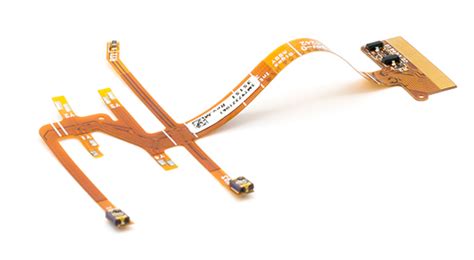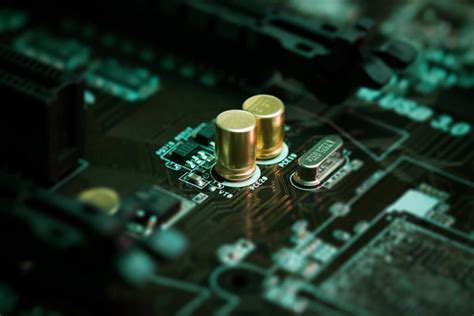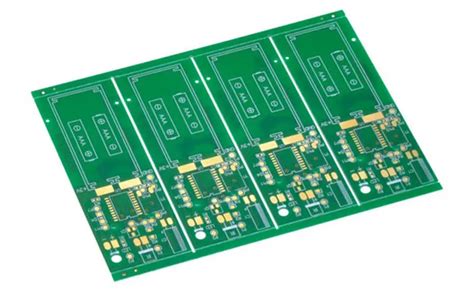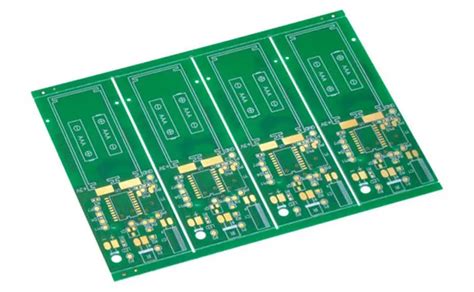Flex pcb adhesive
Advantages Of Using Flex PCB Adhesive In Modern Electronics
Flex PCB adhesive plays a crucial role in the advancement of modern electronics, offering a range of advantages that enhance the performance and reliability of electronic devices. As technology continues to evolve, the demand for more compact, lightweight, and flexible electronic components has increased significantly. Flex PCBs, or flexible printed circuit boards, have emerged as a solution to these demands, and the adhesive used in these circuits is a key component that contributes to their effectiveness.
One of the primary advantages of using flex PCB adhesive is its ability to provide excellent mechanical support while maintaining flexibility.
This is particularly important in applications where the electronic device is subject to bending, twisting, or other forms of mechanical stress. The adhesive ensures that the components remain securely attached to the substrate, preventing damage and maintaining the integrity of the circuit. This flexibility is essential in industries such as consumer electronics, automotive, and aerospace, where devices are often exposed to dynamic environments.
In addition to mechanical support, flex PCB adhesive offers superior thermal management properties.
As electronic devices become more powerful, they generate more heat, which can adversely affect performance and longevity. The adhesive used in flex PCBs is designed to efficiently dissipate heat, ensuring that the components operate within their optimal temperature range. This thermal management capability is critical in preventing overheating and ensuring the reliability of the device over time.
Moreover, flex PCB adhesive provides excellent electrical insulation, which is vital for preventing short circuits and ensuring the safe operation of electronic devices.
The adhesive acts as a barrier, protecting the conductive traces on the circuit board from environmental factors such as moisture, dust, and chemicals. This insulation property is particularly beneficial in harsh environments where electronic devices are exposed to challenging conditions.
Another significant advantage of flex PCB adhesive is its contribution to miniaturization.
As the demand for smaller and more portable electronic devices grows, the need for compact components becomes more pressing. Flex PCB adhesive allows for the integration of multiple components in a limited space without compromising performance. This capability is essential in the development of wearable technology, smartphones, and other compact devices that require high functionality in a small form factor.
Furthermore, the use of flex PCB adhesive enhances the durability and longevity of electronic devices.
By providing a strong bond between components and the substrate, the adhesive helps to absorb shocks and vibrations, reducing the risk of mechanical failure. This durability is particularly important in applications where devices are subject to frequent movement or impact, such as in automotive and industrial settings.
In conclusion, flex PCB adhesive offers a multitude of advantages that are integral to the advancement of modern electronics. Its ability to provide mechanical support, thermal management, electrical insulation, and contribute to miniaturization makes it an indispensable component in the design and manufacture of electronic devices. As technology continues to progress, the role of flex PCB adhesive will undoubtedly become even more critical, supporting the development of innovative and reliable electronic solutions across various industries.

Key Considerations When Selecting Flex PCB Adhesive
When selecting flex PCB adhesive, several key considerations must be taken into account to ensure optimal performance and reliability of the final product. Flex PCBs, or flexible printed circuit boards, are increasingly used in various applications due to their ability to bend and conform to different shapes, making them ideal for compact and dynamic electronic devices. The adhesive used in these circuits plays a crucial role in maintaining the integrity and functionality of the PCB, thus necessitating a careful evaluation of several factors.
First and foremost, the thermal properties of the adhesive are of paramount importance.
Flex PCBs are often subjected to varying temperatures during both the manufacturing process and their operational life. Therefore, the adhesive must possess a high degree of thermal stability to withstand these conditions without degrading. This includes maintaining its adhesive strength and flexibility at elevated temperatures, as well as resisting thermal cycling, which can cause expansion and contraction that might lead to delamination or other failures.
In addition to thermal considerations, the mechanical properties of the adhesive are equally critical.
Flex PCBs are designed to bend and flex, and the adhesive must accommodate this movement without cracking or losing adhesion. The adhesive should exhibit excellent flexibility and elongation properties to ensure that it can endure repeated bending and flexing. Furthermore, it should provide robust adhesion to a variety of substrates commonly used in flex PCBs, such as polyimide and polyester films, to ensure a strong bond that can withstand mechanical stresses.
Another important factor to consider is the adhesive’s chemical resistance.
Flex PCBs may be exposed to various chemicals during manufacturing processes, such as soldering, cleaning, and coating. Additionally, in their end-use environments, they might encounter solvents, oils, and other potentially corrosive substances. Therefore, the adhesive must be resistant to these chemicals to prevent degradation that could compromise the PCB’s performance and longevity.
Moreover, the electrical properties of the adhesive should not be overlooked.
Since flex PCBs are used in electronic applications, the adhesive must exhibit low dielectric constant and dissipation factor to minimize any impact on the electrical performance of the circuit. It should also provide good insulation resistance to prevent electrical leakage and ensure the reliability of the electronic device.
Furthermore, ease of processing is a practical consideration when selecting flex PCB adhesive.
The adhesive should be compatible with existing manufacturing processes and equipment, allowing for efficient application and curing. It should also offer a suitable working time and cure schedule to accommodate production timelines without compromising the quality of the bond.
Finally, environmental and regulatory compliance is an essential consideration.
The adhesive should meet relevant industry standards and regulations, such as RoHS and REACH, to ensure that the final product is safe and environmentally friendly. Additionally, it should be free from hazardous substances that could pose risks during manufacturing or in the end-use application.
In conclusion, selecting the right flex PCB adhesive involves a comprehensive evaluation of its thermal, mechanical, chemical, and electrical properties, as well as its processing characteristics and compliance with environmental regulations. By carefully considering these factors, manufacturers can ensure that their flex PCBs deliver reliable performance and meet the demands of their specific applications.
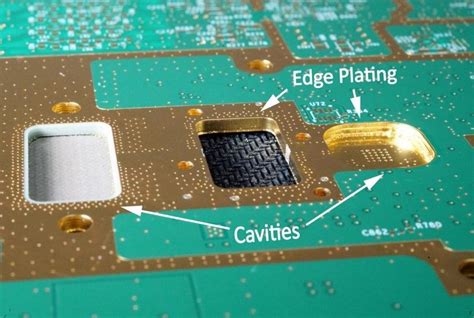
Innovations In Flex PCB Adhesive Technology
In recent years, the field of flexible printed circuit boards (PCBs) has witnessed significant advancements, particularly in the realm of adhesive technology. As electronic devices continue to shrink in size while expanding in functionality, the demand for flexible PCBs has surged. These circuits, which can bend and twist to fit into compact spaces, are integral to modern electronics, from smartphones to wearable devices. Consequently, the adhesives used in these circuits have become a focal point of innovation, as they play a crucial role in ensuring the reliability and performance of the final product.
One of the primary challenges in developing adhesives for flex PCBs is achieving a balance between flexibility and strength.
Traditional adhesives often fall short, either lacking the necessary flexibility to accommodate the dynamic movements of the circuit or failing to provide sufficient bonding strength. However, recent innovations have led to the creation of advanced adhesive formulations that address these issues. These new adhesives are designed to maintain their integrity under repeated bending and flexing, ensuring that the electrical connections remain stable over time.
Moreover, the thermal management of flexible PCBs is another critical consideration that has driven adhesive technology forward.
As electronic devices become more powerful, they generate more heat, which can compromise the performance and longevity of the components. Innovative adhesive solutions now incorporate materials with enhanced thermal conductivity, allowing for more efficient heat dissipation. This not only helps in maintaining optimal operating temperatures but also contributes to the overall reliability of the device.
In addition to thermal management, the environmental impact of adhesives has become an increasingly important factor.
With growing awareness of sustainability issues, manufacturers are seeking eco-friendly adhesive options that do not compromise on performance. Recent developments in this area have led to the introduction of adhesives that are free from harmful solvents and volatile organic compounds (VOCs). These environmentally friendly adhesives not only reduce the ecological footprint of electronic devices but also improve the safety of manufacturing processes by minimizing the release of toxic substances.
Furthermore, the advent of smart materials has opened new avenues for innovation in flex PCB adhesives.
These materials can respond to external stimuli, such as temperature or pressure changes, by altering their properties. For instance, some smart adhesives can increase their bonding strength in response to rising temperatures, providing additional stability during high-heat operations. This adaptability enhances the durability and performance of flexible PCBs in a variety of applications, from consumer electronics to industrial machinery.
As the demand for more sophisticated electronic devices continues to grow, the role of flex PCB adhesives will become even more critical.
The ongoing research and development in this field promise to deliver adhesives that not only meet the current requirements but also anticipate future challenges. By focusing on flexibility, thermal management, environmental impact, and smart material integration, these innovations are set to redefine the standards for adhesive technology in flexible PCBs.
In conclusion, the advancements in flex PCB adhesive technology are pivotal in supporting the evolution of modern electronics.
As these adhesives become more advanced, they will enable the creation of smaller, more powerful, and more reliable devices. The continuous pursuit of innovation in this area underscores the importance of adhesives in the broader context of electronic manufacturing, highlighting their role as a key enabler of technological progress.
Common Challenges And Solutions In Flex PCB Adhesive Application
In the realm of modern electronics, flexible printed circuit boards (PCBs) have become indispensable due to their ability to conform to various shapes and fit into compact spaces. However, the application of adhesives in flex PCBs presents a unique set of challenges that require careful consideration and precise solutions. Understanding these challenges and their corresponding solutions is crucial for ensuring the reliability and performance of flex PCBs in diverse applications.
One of the primary challenges in flex PCB adhesive application is achieving optimal adhesion between the flexible substrate and the adhesive material.
This is particularly important because inadequate adhesion can lead to delamination, which compromises the integrity and functionality of the circuit. To address this issue, it is essential to select an adhesive that is compatible with the materials used in the flex PCB. Additionally, surface preparation plays a critical role in enhancing adhesion. Thorough cleaning and, in some cases, surface roughening can significantly improve the bond strength between the adhesive and the substrate.
Another challenge is the thermal management of flex PCBs, which is crucial given the heat-sensitive nature of many electronic components.
Adhesives used in these applications must possess excellent thermal stability to withstand the operating temperatures without degrading. Selecting adhesives with high thermal conductivity can help dissipate heat more effectively, thereby maintaining the performance and longevity of the circuit. Furthermore, it is important to consider the coefficient of thermal expansion (CTE) of the adhesive, as mismatched CTEs between the adhesive and the substrate can lead to mechanical stress and eventual failure.
Flexibility and mechanical stress are also significant concerns in flex PCB adhesive applications.
The adhesive must be able to accommodate the bending and flexing of the circuit without cracking or losing adhesion. To mitigate this, choosing adhesives with high flexibility and elongation properties is essential. These properties allow the adhesive to absorb mechanical stresses and maintain a strong bond even under dynamic conditions. Additionally, the application process itself should be carefully controlled to ensure uniform adhesive distribution, which helps prevent stress concentrations that could lead to failure.
Environmental factors such as moisture, chemicals, and UV exposure pose further challenges to flex PCB adhesives.
These factors can degrade the adhesive over time, leading to reduced performance and reliability. To combat this, selecting adhesives with robust environmental resistance is crucial. For instance, adhesives with low moisture absorption and high chemical resistance can protect the circuit from environmental degradation. Moreover, incorporating protective coatings or encapsulants can provide an additional layer of defense against harsh environmental conditions.
In conclusion, while the application of adhesives in flex PCBs presents several challenges, understanding these issues and implementing appropriate solutions can significantly enhance the performance and reliability of the circuits. By carefully selecting adhesives with suitable properties, optimizing surface preparation, and considering environmental factors, manufacturers can overcome these challenges and ensure the successful integration of flex PCBs in a wide range of electronic devices. As technology continues to advance, ongoing research and development in adhesive materials and application techniques will undoubtedly lead to even more effective solutions, further expanding the possibilities for flex PCBs in the electronics industry.

